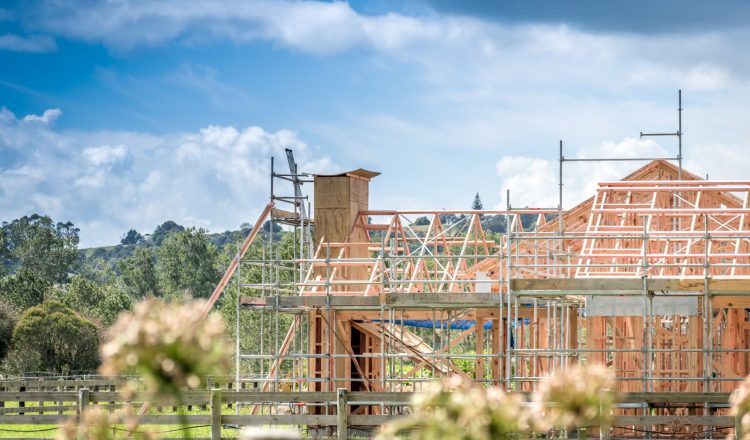不動産投資
ニュージーランドでは、不動産は多くの人に人気のある投資形態です。投資用不動産と住宅の違いは、オーナーがただ住むのではなく、その不動産から収入を得ていることです。不動産投資のリターンは、家賃収入と、時間の経過に伴う不動産の価値の上昇によるものです。
不動産投資は、お金を引き出すのに時間がかかり、多くの隠れた手数料があるため、簡単にお金を稼げる方法ではないと考えられています。しかし、価格が上昇するため、長期的な利益を得るには最適です。
賃貸物件のためにお金を借りるのは、自分が住む物件のために借り入れするよりも難しいです。金融機関は、投資用不動産に対する融資限度額を低く設定しています。しかし、金融機関や住宅ローン仲介業者の中には、特に投資用の融資に精通しているところもありますので、そういったところに相談してみるのも良いでしょう。
どのようなリスクがありますか?
不動産投資は、劣化しにくいものに資金を投じるため、安全な投資として広く知られています。しかし、何事にもリスクはつきものです。
- 金利が上昇し、不動産から得られる利益が減少する可能性があります。
- 投資用不動産を自宅と同じ銀行でローンを組むと、どちらかの住宅ローンの支払いに問題が生じた場合、銀行が両方の不動産を売却してしまうリスクがあります。これは避けた方がいいでしょう。
- 金融機関はいつでも突然、住宅ローンの返済を求めることができ、もしあなたが自分の不動産をすぐに売却できなければ、返済できずに負債を抱えることになります。
- 不動産市場は常に変動しています。早く家を売らなければならない場合や、不動産市場が下落している時にどうしても家を手放したい場合は、家を売っても損をしてしまうかもしれませんし、売った後も金融機関にお金を借りなければなりません。
大変な作業が必要なのでしょうか?
不動産投資には通常、いくつかの作業が必要であり、株式投資や銀行への預金などに比べて時間がかかります。しかし、その分得られるものも大きいのです。適切な物件を探し、住みやすく快適にするために必要な作業を行い、入居者を探すといった作業に多くの時間が必要です。ここまでやっても、物件の手配やメンテナンス作業、入居者がいなくなった場合の新たな入居者探しなど、今後も避けては通れない仕事がまだまだあります。
もし、投資家にそのような時間がない、あるいは自分ではやりたくないという場合には、そのような状況を回避する方法があります。資産管理者を雇ったり、不動産業者に頼んだりして、これらのメンテナンス作業を代行してもらうのです。費用はかかりますが、その分、自分の時間を自由に使うことができますし、プロが管理してくれているという安心感も得られます。
不動産投資には他にどんな方法がありますか?
不動産に投資する方法は他にもあります。商業用不動産を売買する合同運用ファンドに投資することも可能です。これは、オフィスビル、ショッピングセンター、工場などの不動産を所有している場合もあります。また、その不動産を所有するファンドの株式を所有することも可能です。

















































